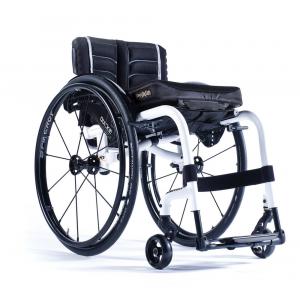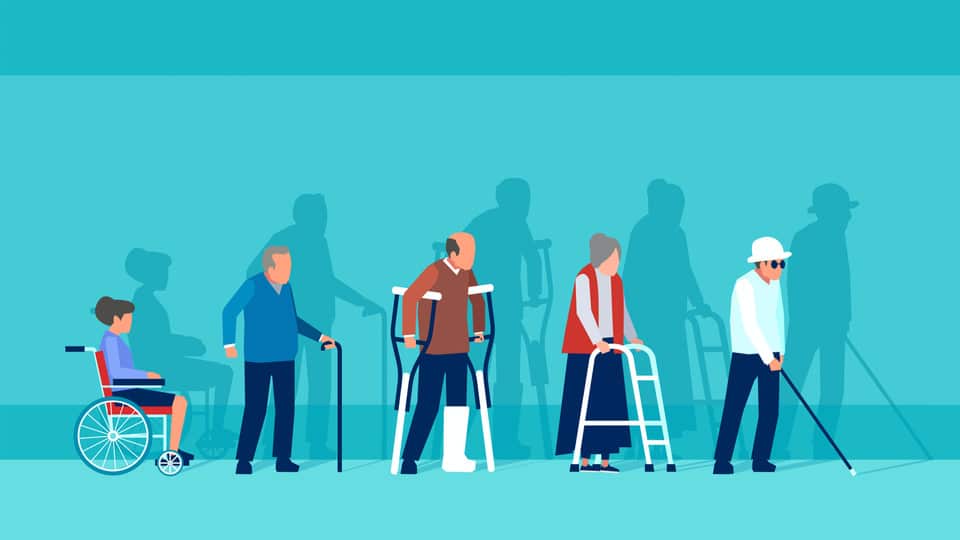1. Mobility scooters
People who have trouble walking as a result of accidents, illnesses, or impairments may find that mobility scooters are of great assistance to them. Users of these gadgets are able to navigate their homes, communities, and even public locations without the need to worry about tripping or falling due to impediments. There is a wide variety of mobility scooters available on the market today, some of which include electric driven wheelchairs, battery-powered scooters, and manual scooters.

2. Manual wheelchairs
Individuals who are unable to walk due to an accident, disease, or disability may get assistance via the use of manual wheelchairs. These machines are controlled manually, thus the user will need to utilise their arms and legs to propel oneself forward while they use the equipment. The majority of manual wheelchairs are outfitted with various supports, including footrests, handrails, armrests, and backrests.

3. Electric wheelchairs
Electric wheelchairs may be of aid to those who are unable to walk due to limitations in their physical abilities. These people may be able to go about with the use of a wheelchair. Electricity is used to power these devices, which are controlled by the user by means of a joystick or a switch. The gadgets themselves are powered by the electricity. Most electric wheelchairs are equipped with accessories such as brakes, lighting, and seatbelts as standard equipment.

4. Rehabilitation equipment
When working toward recovery after an illness, injury, or handicap, a person may find it helpful to make use of a variety of items of rehabilitation equipment. This package comes with a wide selection of medical supplies, including crutches, splints, braces, and other products that fall into a category of their own.
5. Sitting cushions
People who sit for extended periods of time, such as while working or watching television, may find that sitting cushions provide an extra level of comfort that is beneficial to them. This is especially the case for those who work in seated positions. This is particularly true for those whose jobs require them to remain seated for extended periods of time. It is common practise to stack cushions of this kind in this manner atop chairs, couches, beds, and a broad range of other types of upholstered furniture.

6. Braces
The use of braces has the objective of assisting in the treatment of a variety of physical disorders that may arise anywhere on the body. There are many different kinds of braces that are worn on a daily basis, but some of the more common ones include knee braces, elbow braces, wrist braces, and ankle braces.
7. Manual wheeled walkers
Those who have trouble walking alone owing to physical constraints may find that using the use of a walker, which is a helpful piece of medical equipment, is of some support to them. The use of walking aids such as walkers is common among people of all ages and capacities, including younger people, the elderly, and those who have difficulty walking.
8. Wheelchairs
Wheelchairs are designed to make it easier for people to move about their homes, places of work, schools, and other public settings. Wheelchairs may be subdivided into a large number of different subcategories, each of which is designed to accommodate a different form of physical handicap or restriction. Wheelchairs will typically feature two wheels in front of the device and four wheels in the back of the device. On the vast majority of wheelchair models, braking mechanisms and hand controls are included as standard equipment.
9. Strollers
When going out in public, it is expected that parents will find it easier to take their children along with them if they utilise strollers, since these devices make it easier to transport children. They often fold up in a short amount of time and have a comparatively light weight while in their folded state. While the parent is walking beside them, the kid may stay sitting in the stroller’s attached basket. Alternatively, the parent can carry the child. There are a number of strollers that come equipped with this component.
10. Crutches
Crutches are a kind of assistive technology that may be used by patients who are able to move their arms and legs but have limited mobility in their other limbs. It’s possible that you’ll hear individuals refer to them as canes or walking sticks in some communities as well. When you are using a crutch, you should take special care to ensure that it is kept in an upright position at all times and should never lean it against anything.
11. Walkers
Those who have trouble walking as a consequence of an illness, an accident, or just becoming older may find that utilising walkers is beneficial. It’s possible that these individuals might benefit from employing walkers. The use of walkers might be beneficial to the aforementioned folks. Wheels and handles are often included into the design of these products at some point during the manufacturing process.
12. Canes
Canes are designed to help individuals walk in a way that is steadier and more confident in themselves, which is their primary purpose. The vast majority of the time, they are carried by throwing them over one shoulder, and their profile is generally one that is long and linear.
13. Rollators
The use of a rollator, which is a kind of mobility assistance, may prove to be beneficial for those who struggle to keep their balance. Rolling is achievable with many of them because they feature components that prevent friction or other forms of resistance during the process.

 1-833-207-3433
1-833-207-3433
